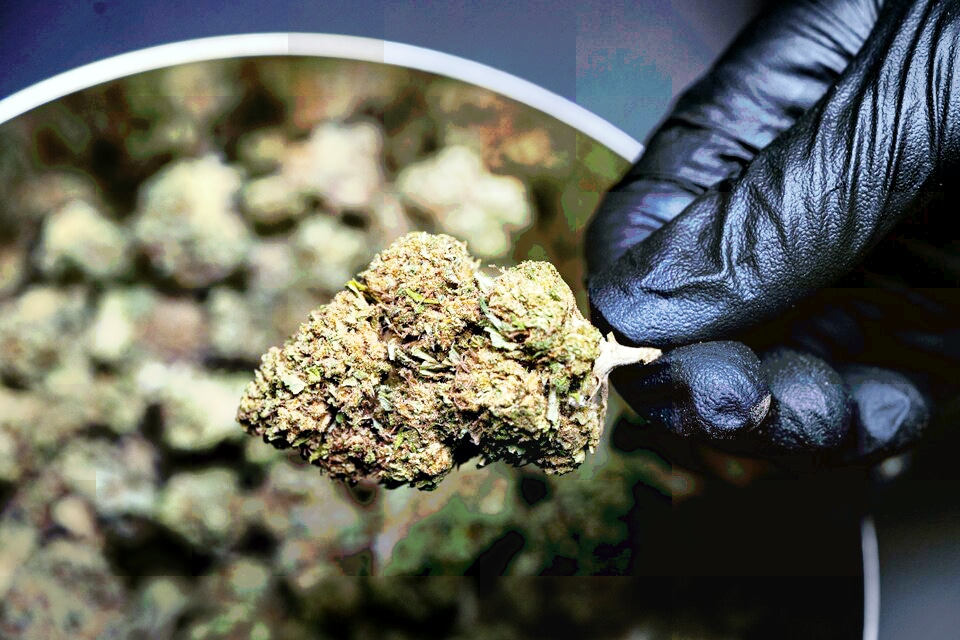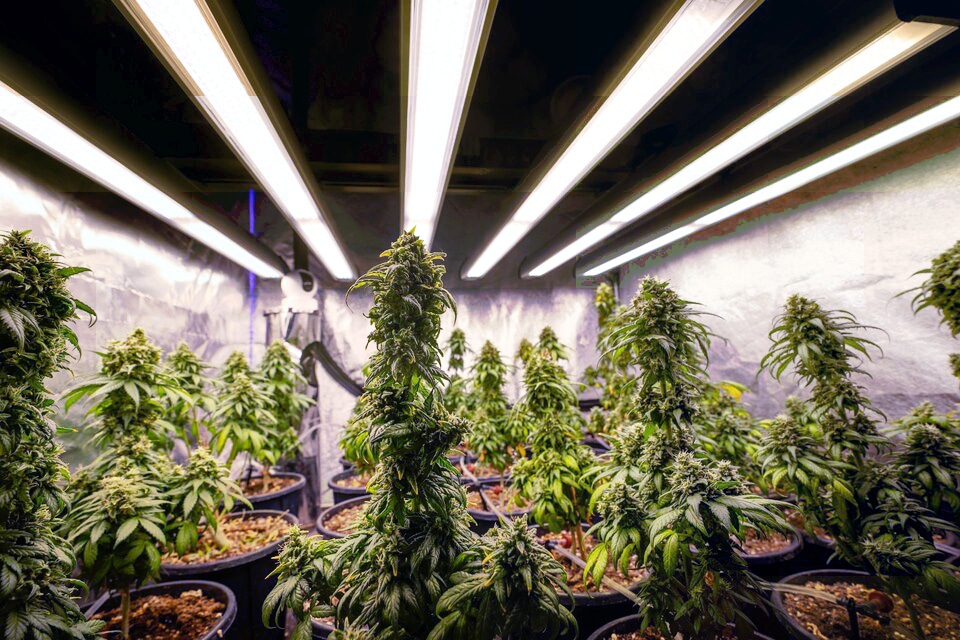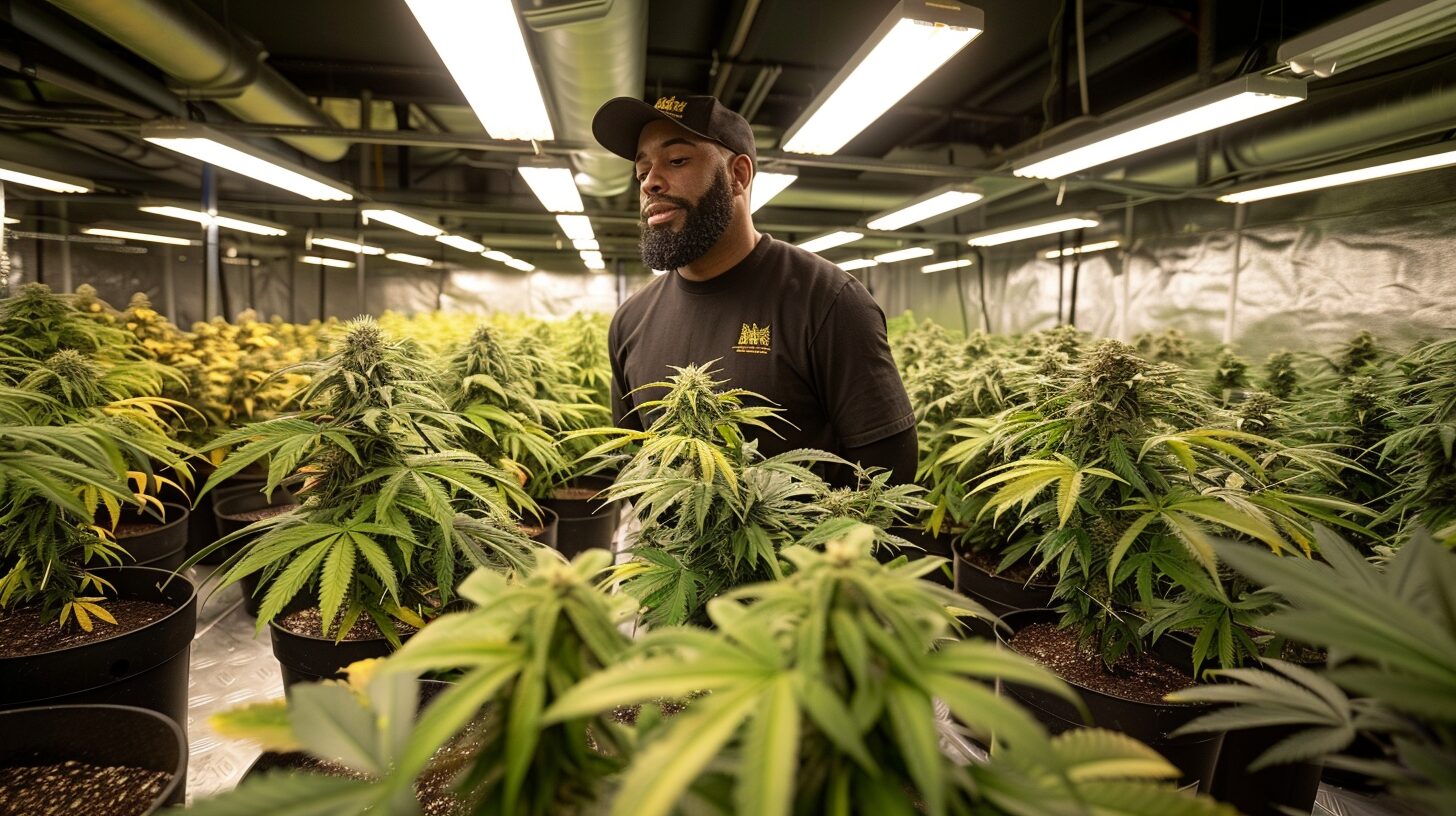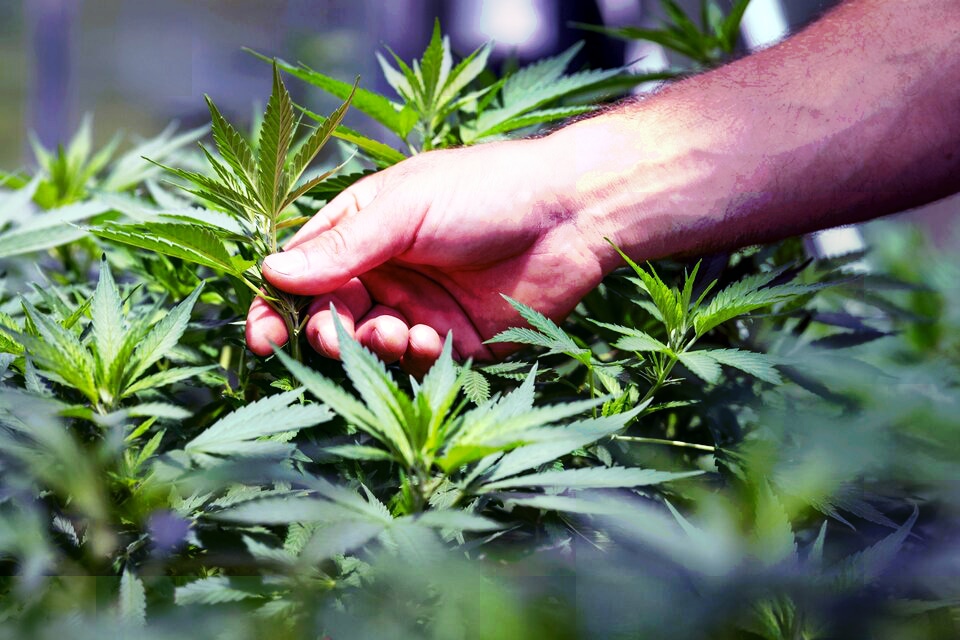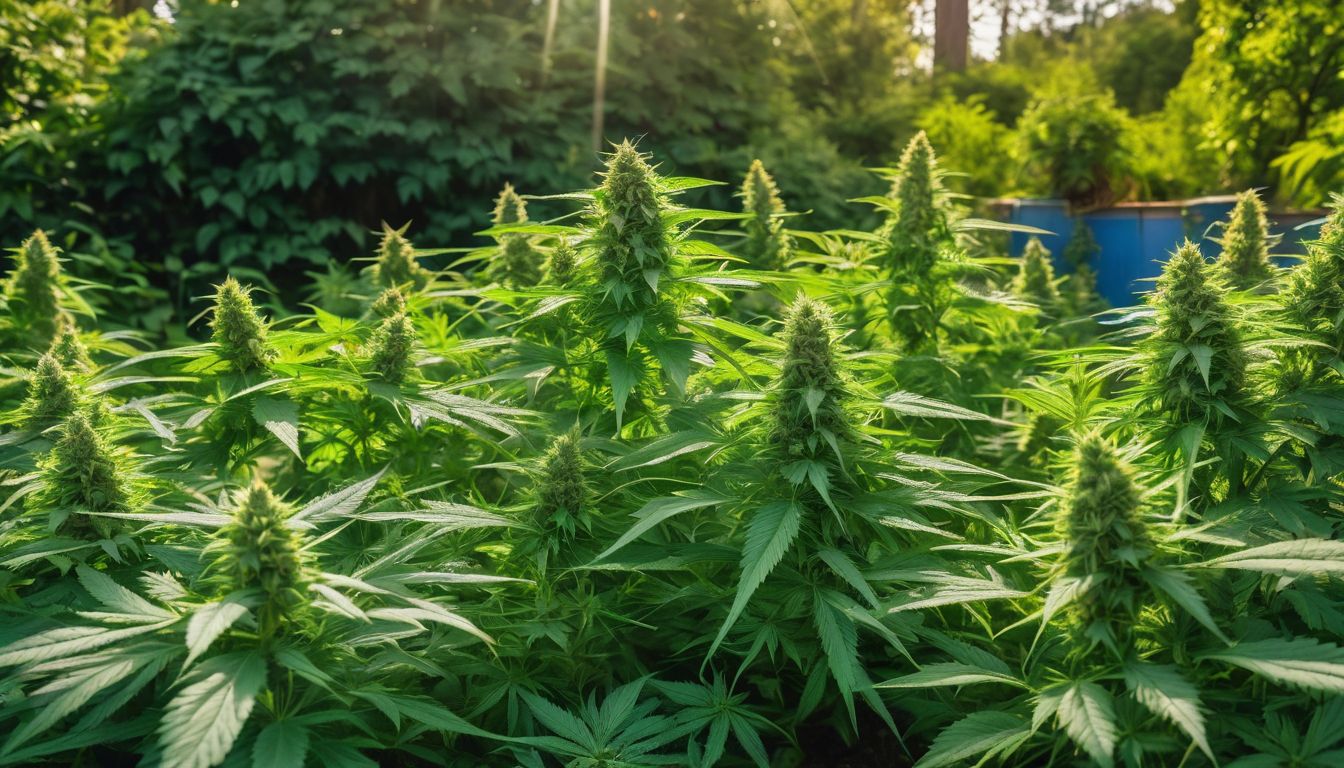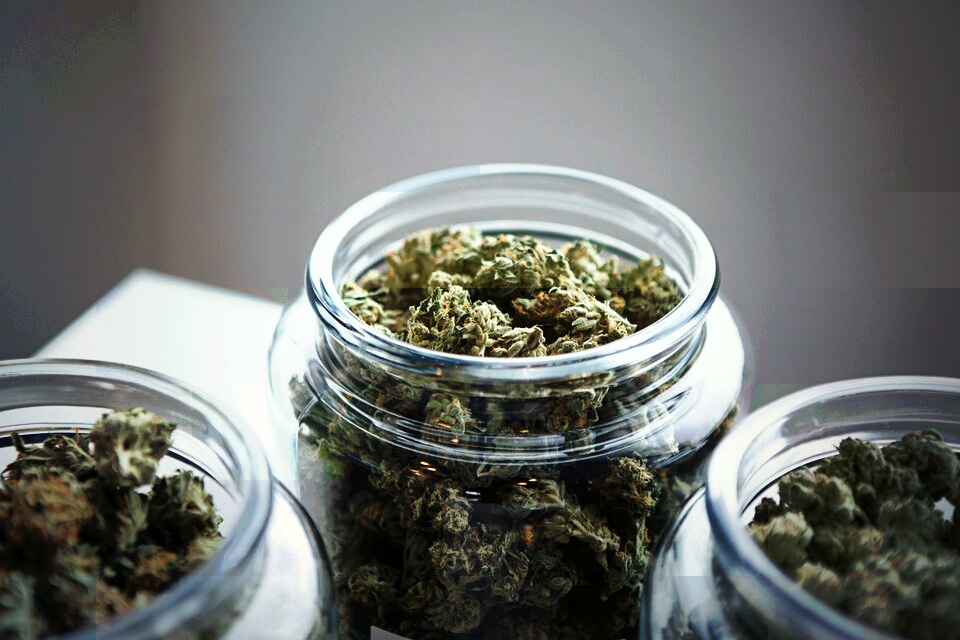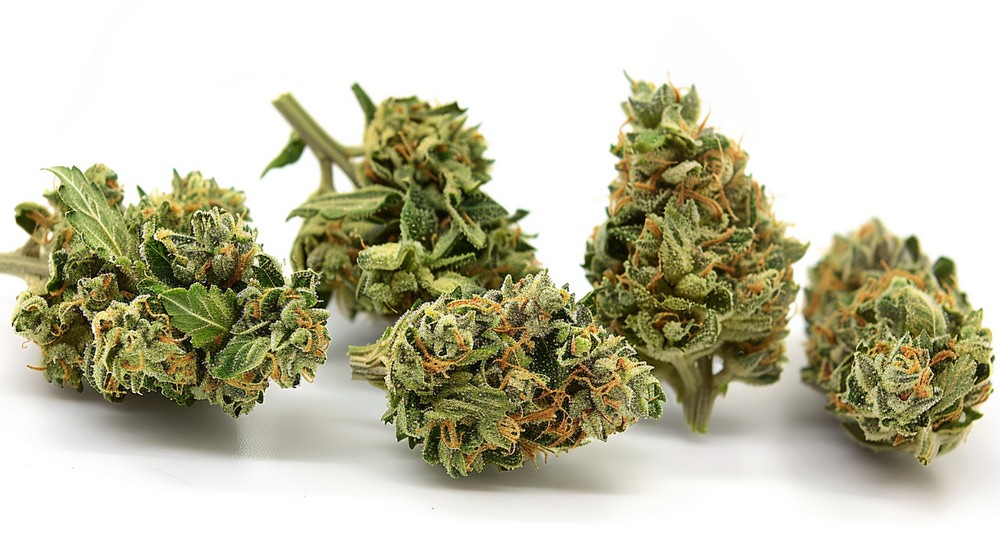Guia de Cultivo de Cannabis: Fase de Floração
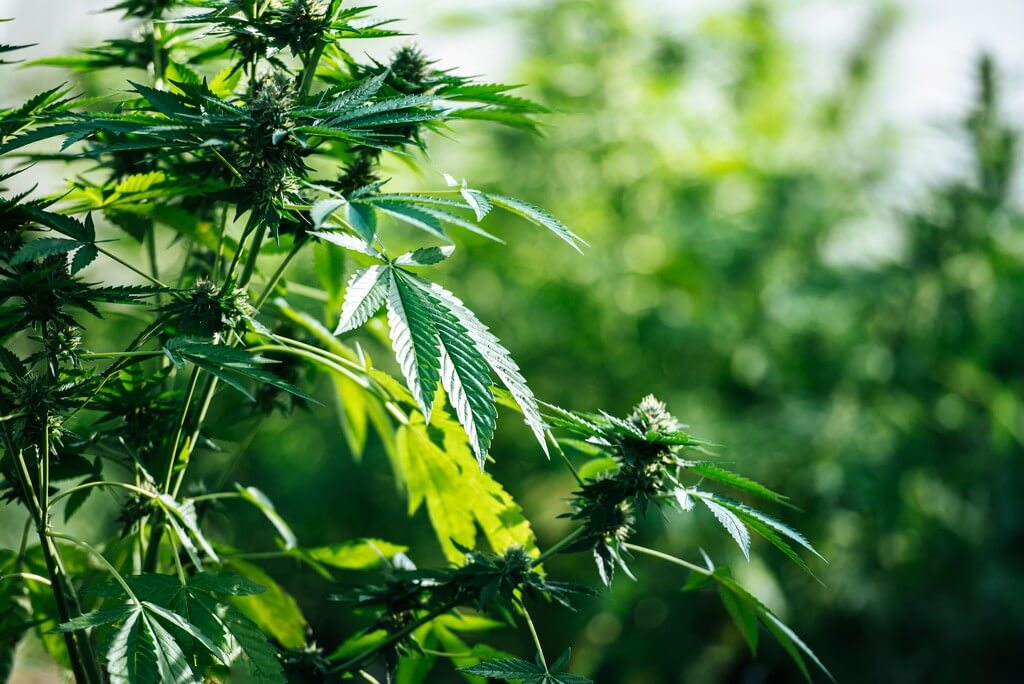
Have you ever wondered why your marijuana plants don’t flower as expected? The flowering phase is crucial for a good harvest and lasts between 7 and 9 weeks. In this article, I’ll guide you to discover how to maximize this vital stage of cultivation.
Get ready to flower successfully and obtain those desirable buds!
Key Takeaways
- The flowering phase of marijuana is vital and can last between 7 and 9 weeks.
- During flowering, plants need specific nutrients such as phosphorus (P) and potassium (K), and a change in the light cycle.
- It’s important to control humidity to prevent mold, and nutrients must be correctly adjusted with pH and TDS.
- After cutting the buds, drying and curing follow, which improve flavor and potency.
- You shouldn’t rush the harvest; patience in flowering ensures better quality buds.
The Growth Stages of Marijuana
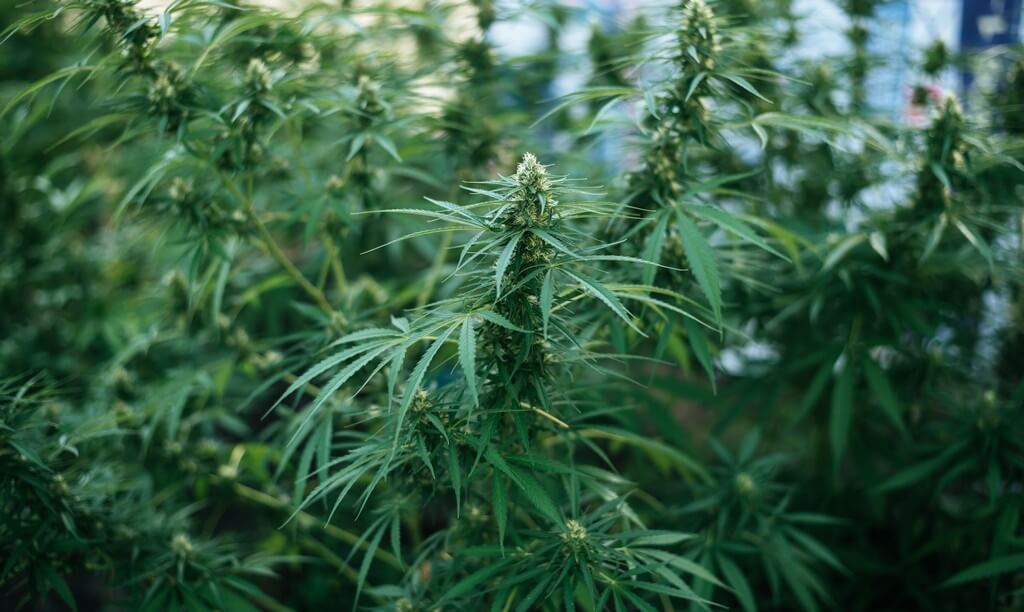
Before diving into the fascinating flowering stage, let’s do a brief review of the different life phases of marijuana… from that magical moment when the seed awakens in germination to the proud harvest day.
It’s an amazing journey full of changes and pampering for the plant!
Seed Germination
Seed germination is how it all starts. In this stage, a small root comes out of the seed and gives life to a new marijuana plant.
- Choose a good seed; look for one that is brown and has a hard texture.
- Use a damp paper towel to wrap the seeds. This helps “wake them up”.
- Put the paper towel in a warm place. Warmth helps the seeds open.
- Wait a few days until you see the root come out. This is the first step of growth!
- Carefully transfer the seed with root to a small pot. Here it will start to grow stronger.
- Keep the soil moist, but not too wet. Too much water can be bad.
- Give your seedling plenty of soft light. Sunlight or special plant lights work very well.
- Make sure it’s not too hot or too cold. Extreme temperatures can harm the seedling.
Seedling Stage
In the seedling stage, marijuana plants are like babies. They need a lot of care and love to grow strong. After the seed opens, a small plant with two leaves emerges.
These first leaves are called cotyledons. They are important because they help the little plant take energy from the sun.
Very soon, the seedling starts to produce more small leaves with jagged edges. It’s crucial to give them the right amount of light and water, not too much or too little. It’s also good to protect them from insects and diseases that could harm them.
If you take good care of the seedlings, they will grow until they reach the next phase: vegetative growth.
Vegetative Growth
Marijuana plants love sun and food during vegetative growth. They need a lot of light to become strong and large. It’s also time to give them nutrients like nitrogen (N).
But be careful! Too much water or heat can cause problems. It’s key to keep everything in balance.
In this stage, we monitor humidity and temperature to make sure they are perfect. The plants become greener and start to form many leaves. We also give them space for their roots to grow well.
This way they prepare to flower and give us those buds we want so much!
Pre-flowering
In pre-flowering, marijuana gets ready for its big moment. This stage lasts about two weeks and in it, key changes start to be seen. The plants stop growing so tall and begin to show white pistils, like small hairs.
This is a sign that they are changing from vegetative stage to flowering.
Growers must be attentive because this is a critical moment for the success of their plants. They make sure everything is perfect: light, water, and nutrients. Phosphorus (P) becomes super important as it helps create strong and healthy flowers.
Now, with the bases ready for flowering, let’s see what happens in that exciting phase.
Flowering
The flowering phase is a magical moment. This is where marijuana plants start to produce those buds we’ve been waiting for. It’s key to give them what they need: good nutrients like phosphorus (P), nitrogen (N), and potassium (K).
These help the buds grow big and strong.
The plants also need a change in light. Indoors, less light is used to mimic autumn. This tells the plant it’s time to flower. You have to be attentive to humidity: too much can bring mold and bacteria.
Observing the plants is important to find problems like nutrient deficiencies. And patience! Don’t rush the harvest. The best buds take their time. Autoflowering varieties are different; they flower without changing the light.
Each plant tells its own story through its flowers.
Harvest
The time for harvest comes when the marijuana plants are ready to give their fruit. All the hard work finally pays off. It’s time to cut the buds that have matured during the 7-9 weeks of flowering.
Some sativa plants can take longer, but patience is key to getting a good harvest. Before starting, you have to make sure there are no nutrient deficiencies and that everything is in order.
Cutting the buds is just the beginning. Then come drying and curing, fair steps for the marijuana to have the best flavor and potency. During harvest, keeping the relative humidity low helps prevent mold and bacteria.
With love and care, the fruits of cannabis are collected, hoping to enjoy the THC they have created. It’s an exciting moment for any grower.
Complete Guide to the Cannabis Flowering Stage
Ready to dive into the heart of cultivation? The flowering phase of cannabis is that magical moment where green promises transform into fragrant jewels… And here I’m going to tell you how to navigate this journey with mastery, from the first glimpses of petals to that crucial moment that tells us: “it’s time to harvest”.
Let’s see what secrets the plants reveal to us in their most dazzling stage!
Entering the Flowering Phase
The flowering phase is a special time for marijuana plants. It means they are ready to produce flowers. Here we change the light they receive. We go from 18 hours to 12 hours of light and 12 hours of darkness each day.
This tells the plants that the time has come to start flowering.
In these first weeks, everything transforms quickly. You will see that the plants stretch and white hairs appear. You will also notice a stronger smell. It’s important to give them what they need: more phosphorus (P) and potassium (K).
But don’t forget about nitrogen (N) either. It’s like preparing them for a big flower party! Now, let’s see what happens in the next weeks of flowering.
Weeks 1-3: Best Practices, Nutrients, Lighting, Temperature and Humidity
The flowering stage is crucial for marijuana cultivation. During the first three weeks, you need to take care of several important details.
- Pay attention to the nutrients your plants need. In this phase they do well with more phosphorus (P) and potassium (K), and less nitrogen (N).
- Make sure the light is correct. If you grow indoors, use LED or HPS lamps to mimic the sun.
- Control the temperature. It should be between 18 and 26ºC for the plants to be comfortable.
- Monitor the relative humidity. Keep it between 35 – 55% to avoid mold and bacteria.
- Check the sites where the buds come out. This way you make sure they all have light and grow well.
- Observe how your plants stretch during these weeks. This is normal in the “flowering stretch” phase.
- See if the leaves show signs of lack of food, like weird colors or burnt tips.
- Talk to your plants… well, that won’t make much difference, but it’s always nice!
Weeks 3-4: Stretching Phase
Upon entering the third week, your marijuana plants are going to grow a lot. This moment is called the stretching phase. Here is when the plants become taller and stronger very quickly.
During these weeks, it’s very important to give them more phosphorus (P) and potassium (K). These nutrients help your plants form strong buds.
You should also change the light to be like the sun at the end of summer. That means more red light. It’s crucial to keep the relative humidity lowto prevent mold and bacteria.
Watch your plants closely, because if they lack something, they might not grow well. But if you do everything right, you’ll soon see many sites with buds ready to flower!
Weeks 4-6: Bud Fattening Phase
During weeks 4 to 6, marijuana plants really show their magic. The buds that were once small start to grow and fatten. They become dense and sticky to the touch, and that’s a good sign! It’s the time when the plant needs food rich in phosphorus (P) and potassium (K) to give strength to those buds.
You also have to be super attentive so that they don’t lack anything and don’t have stress.
It’s key to maintain the ideal humidity and temperature to avoid mold and bacteria. If the care is correct, you’ll see how your plants fill up with beautiful flowers full of THC.
Oh, and don’t forget to give them love! Talk to them, play them music; some growers swear that makes them happier and healthier. And of course, a happy plant gives the best buds.
Weeks 6-8: Ripening Phase
The ripening phase is like the grand finale for your marijuana plants. Here, they focus on getting very strong and creating a ton of THC, which is what causes the effect.
Don’t be surprised if you see that your plants aren’t growing as much as before; that’s normal. They are using all their energy to make the buds as good as possible.
At this moment, your eyes will be glued to those buds, watching them fatten more each day. It’s crucial that you give them all the love with the correct nutrients and a lot of patience. Speaking of nutrients, make sure to give them enough phosphorus (P), because at this stage it’s very important for them.
And if you grow indoors, keep the relative humidity in check to avoid mold or bacteria. Oh! And before you get excited to harvest, don’t rush; wait until they are perfect to get the best out of your harvest.
Importance of Flushing Marijuana Plants Before Harvest
Before cutting your marijuana plants, it’s key to give them a good flush. This step removes the extra nutrients that the plant doesn’t need. That way, the weed you smoke is purer and tastes better.
Imagine smoking marijuana that smells fresh and tastes great. That happens when you flush your plants well before harvest. It improves the flavor and gives you top quality. It’s worth trying!
Don’t Rush the Harvest
It’s easy to want to cut the marijuana plants as soon as we see the first signs of buds. But wait! The best flavors and effects come from a well-ripened harvest. The plants need time to bring out all their oils and chemicals that make the experience so special.
If we cut them too soon, we miss out on the best.
Each stage has its time and flowering is no exception. You have to look carefully and patiently. The buds are ready when they have a fat and shiny appearance, with trichomes that look like little jewels.
Sometimes it takes 7 to 9 weeks, and other times more. Sativas usually ask for more time to be perfect. So, give your plants the love and time they deserve. In the end, you’ll appreciate it in every puff.
Tips for Successful Cannabis Flowering
Want to know the secret to getting those fat, resinous buds that make your friends green with envy? Well, I’m going to tell you a couple of tricks that will make your flowering phase so successful that even your plants will thank you abundantly! Keep that pen ready and take note, because what’s coming next is pure gold for any grower…
Let’s go!
Maintaining pH and TDS
pH and TDS are like a passport for happy flowering of your marijuana. Keep the water pH between 5.8 and 6 if your plants are in hydroponics, and around 6 to 7 for those in soil.
That helps your plants absorb nutrients correctly. If the pH isn’t right, even if you have the best nutrients, your plants won’t be able to use them well.
Controlling TDS means measuring how much “food” is in the water. Don’t give your little plants too much because they could get sick. Think of it like putting sugar in your coffee, if you overdo it, it doesn’t taste good anymore.
Use a meter to see that everything is fine and your plants will grow strong and give flowers with a lot of THC. And that’s what we want!
Water Change Frequency
Okay, you’ve adjusted the pH and TDS. Now, let’s talk about water. Your marijuana plants need fresh water with the right nutrients to grow well. It’s not good to always water them with fertilizer.
It’s better to do it every other time, or two times yes and one no at most. That way you avoid too many nutrients accumulating, which can be bad for the plants.
It’s very important to give your plants the right amount of water. If you give them too much water, they could get sick or not grow well. If you don’t give them enough, they don’t grow well either. It’s like when you’re thirsty or drink too much water, your body doesn’t work like it should.
The same happens with plants. Give your plants what they need to have big, strong flowers.
What to Do After Harvest?
After cutting those green beauties, do you wonder if the hard work is over? Not at all! Now comes the art of ‘post-harvest’, where patience and technique go hand in hand to make sure those buds have the best aroma, flavor and potency.
(Spoiler: it gets even more interesting…).
Wet Trim vs Dry Trim
When the flowering stage of our marijuana plant friends ends, we face a crucial decision: do we opt for a wet trim or a dry trim? Both methods have their advocates and critics, their pros and cons. Leaving personal preferences aside, here I present a comparison in table format so you can choose the one that best suits your needs and expectations.
| Wet Trim | Dry Trim |
|---|---|
| Performed immediately after harvest. | Begins after a few drying days or at the end of the drying process. |
| Better preserves terpenes and cannabinoids. | Allows for more uniform drying of the flowers. |
| Requires careful handling to avoid damaging trichomes. | Reduces mold risk by allowing good air circulation. |
| Can be more laborious as the leaves are more rigid. | Facilitates handling of the leaves which become more brittle. |
I hope this table helps clarify the differences between both methods. At the end of the day, the important thing is that you find the system that most convinces you and brings you the best results to enjoy your buds. Happy growing!
Drying Cannabis Plants
Drying cannabis plants is a key step. Here’s an explanation of how to do it right:
- Cut the plants after harvest. This is the first step in the drying process.
- Hang the branches or whole plants upside down in a special room. This place should be dark and have good air circulation.
- Control the humidity of the room. The idea is to keep it low to avoid mold and bacteria.
- Maintain a constant temperature. If it’s too hot, it will dry too fast; if it’s too cold, mold could form.
- Check the plants often. This way you can notice if there are problems before they grow too much.
- Be patient. Drying can take from one week to two, depending on the environment.
- Use fans, but don’t point them directly at the plants. This helps move the air without damaging the buds.
- When the stems break when bent, it means they are ready to move on to the next step.
Curing Cannabis Buds
After drying, a very important part comes: curing cannabis buds. This process is fundamental to bring out the best flavors and effects.
- First, put the dry buds in glass jars. Make sure they are airtight to control humidity well.
- Every day, open the jars at least once. This is called “burping” and helps remove excess moisture.
- Keep the jars in a cool, dark place. This way you avoid light and heat damaging your buds.
- During the first weeks, check your buds often. Look for signs of mold or bad smell.
- Control the humidity inside the jar with humidity packs, if necessary.
- Give time to the curing process. It can last from a few weeks to several months, depending on the result you’re looking for.
- Patience is your best friend here. Slowly cured buds have better flavor and aroma.
- In the end, the flavors become richer and the smoke smoother on the palate.
- Storage after curing is also very important. Keep the buds in a cool place to maintain their quality.
Frequently Asked Questions about the Cannabis Flowering Stage
Many people wonder how long the cannabis flowering stage lasts. The truth is that it depends, but generally it’s 7-9 weeks. Of course, there are plants, like some sativas, that take their time and may need more.
During this phase, the plants go through a “stretch” and it’s when they need the most attention.
Cannabis flowering starts with clear signs, like when the first buds appear. This usually happens after two weeks of having entered the pre-flowering phase.
Knowing this helps to take better care of your plants so they grow healthy and strong. And watch out! Each miniphase of flowering is important to get those perfect buds.
Conclusion
It’s been an incredible journey through the world of cannabis flowering, hasn’t it? Now you know that taking care of your plants in this stage is key for an abundant harvest. Remember, patience and attention to detail will do wonders.
You can almost smell those fresh buds! With these tips, surely the butterflies will dance in your stomach when you see those plants bloom. Let’s get to work and grow!
For more information on how and when to flush your marijuana plants before harvest, visit our complete guide here.
Frequently Asked Questions
1. What happens in the flowering stage of marijuana?
Ah, the flowering stage! It’s when marijuana plants stop growing so much and start producing those buds that everyone wants. They focus on putting out flowers full of THC, and that, my friend, is when all that green magic starts to happen.
2. How do I change from vegetative growth to flowering?
Well, first you have the vegetative growth, where your little plants get big and strong. Then, to switch cannabis to the flowering stage, you reduce the light and increase nutrients like phosphorus (P), nitrogen (N), and potassium (K). It’s like telling them, “It’s time to put out flowers, guys!”
3. What special care do plants need in this phase?
During the flowering phase, you need to be attentive to relative humidity — you don’t want your plants to get full of mold or bacteria. And of course, watch out for those nutrient deficiencies… the plants are a bit demanding with their food.
4. What are autoflowering strains and how do they affect this stage?
Autoflowering strains are like the independent plants of the cannabis world; they don’t need you to change the light for them to start flowering. They do their own thing no matter what, making everything easier!
5. In what part of the plant do the buds appear during flowering?
The buds appear in specific spots for them called “bud sites”. It’s as if the plant had little targets where it decides is the best place to put those precious buds. That’s where all the action happens!

